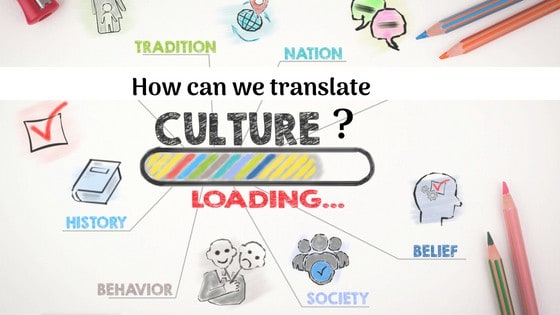
Ivana Kuriačková is a former student of the Master in Learning and Communication in Multilingual and Multicultural Contexts from the University of Luxembourg. Her Master’s degree thesis focuses on the translation in five languages of cultural terms particularly relevant in EU legislation. Here is a presentation of the thesis by Ivana herself, at the end of which you can also find direct access to the original paper. We hope you will enjoy her work!
For my final paper at the University of Luxembourg I chose to focus on the field of terminology and translation, specifically on culture related terms found in documents published by European Union institutions. I compared the translations of selected culture-specific terms in five languages: English, German, French, Slovak and Czech. The focus of the analysis is on the translation of eleven culture-specific terms and the strategies that were applied to translate them. Through the term selection, I touch upon various culture-dependent domains, including geographical names, political offices and administrative divisions, all of which are relevant for the EU’s legislative documents and their translations.
The thesis also offers a comparative analysis of the multilingual IATE (Inter-Active Terminology for Europe) entries that corresponded to our selected terms and their uses in the EUR-Lex corpus.
For my research project I established three main research questions:
- Which translation techniques are used most often to translate culture-specific expressions in the EU documents?
- What are the factors that influence the choice of a particular translation technique?
- Are there differences between the translations in the IATE database and the EUR-Lex database?
The objective of the research was to identify the procedures applied in the translation of culture-specific terms in the legislative documents of the European Union.
The thesis is structured into two main blocks. The first section provides a theoretical framework with focus on the concept of culture, terminology and equivalence. A detailed description of translation techniques based on the classification proposed by Newmark (1988) is provided.
The second section of the paper is dedicated to the analysis of the eleven selected culture-specific terms.
After having analysed the translations, it has been observed that:
- The most often used translation techniques to translate culture-specific terms in the EU documents were: literal translation, functional equivalence, transference and the combination of transference and description
- Translation techniques used do not differ according to the year of publication.
- Translation techniques do not differ according to the publishing institution.
- The use of translation techniques differs according to the place of the term in the text.
- Historical ties between the countries where the observed languages are widely spoken seem to have influenced whether the SL and the TL have established translations.
- The proposed translations from the IATE database were not always used in the analysed EUR-Lex documents.
- A strong tendency towards eliminating foreign elements was observed in one language: French.
Reference
Ivana Kuriačková, Translation of Culture Specific Terms in the EU Legislative Documents, University of Luxembourg, 2018

